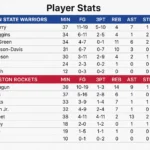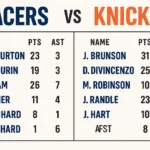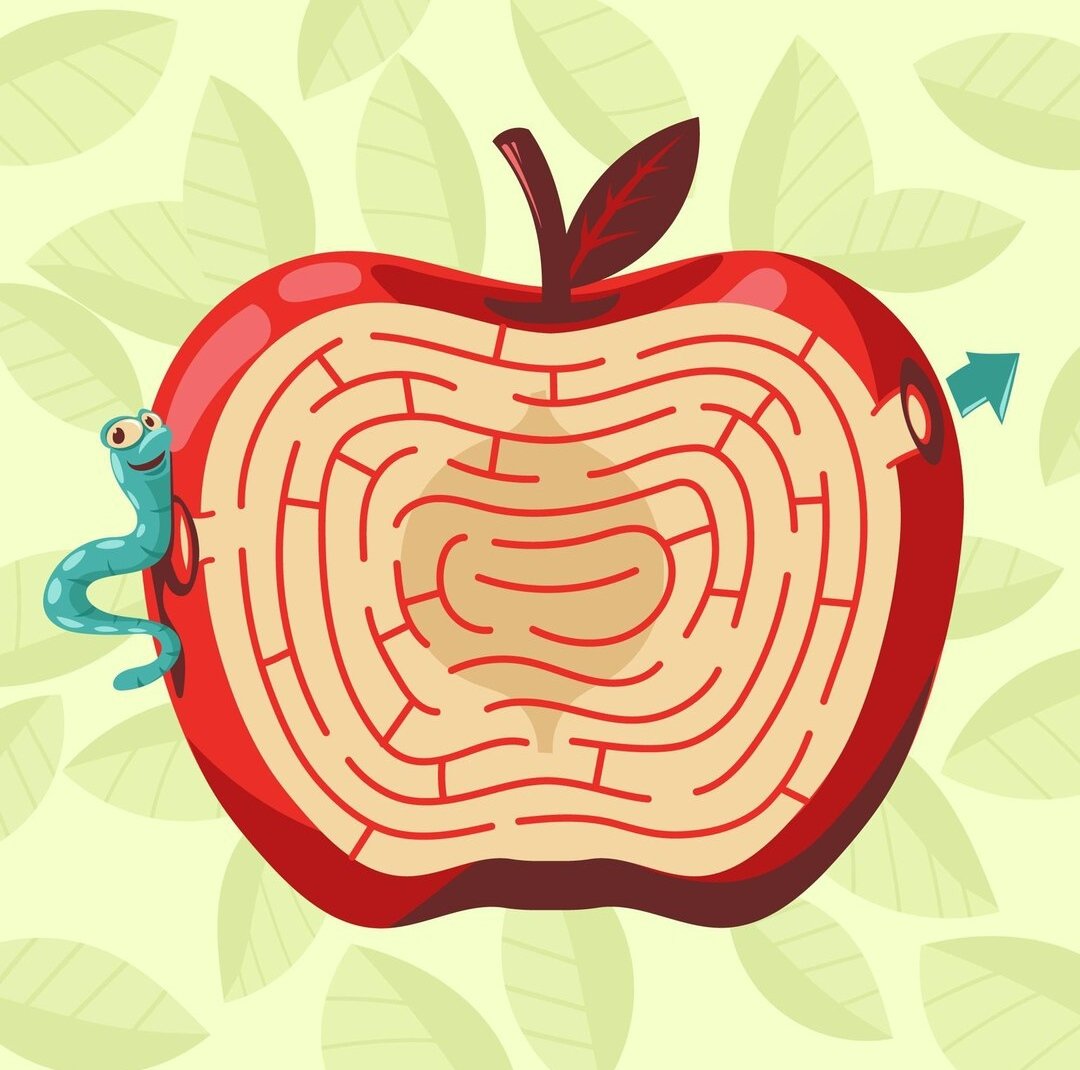Crossword puzzles have long been a favorite pastime for millions, blending trivia, wordplay, and cultural knowledge into a delightful challenge. Among the many recurring themes in crosswords, apple varieties stand out as popular clues. Terms like “Gala,” “Rome,” “Fuji,” or “Crispin” often pop up in puzzle grids, rewarding solvers who know their apples. But beyond helping you complete your Sunday puzzle, apple varieties offer a fascinating glimpse into horticulture, history, and culinary traditions.
In this article, we’ll dive into:
- Why apple varieties appear in crosswords
- Common apple names used as clues
- The history and origins of key apple types
- Tips for remembering apple varieties for puzzles
- The cultural significance of apples in language and folklore
- The science of apple breeding and naming
- The role of apples in cuisine worldwide
- Frequently asked questions about apples in crosswords
Why Apple Varieties Make Great Crossword Clues
Crossword constructors love concise, evocative words that solvers can recognize—but not too easily. Apple varieties are perfect because they:
- Are short, often 3-5 letters (like “Gala” or “Rome”)
- Have distinct, unusual letter combinations (e.g., “Fuji” with its “j”)
- Connect to a universally familiar fruit, giving solvers a reasonable chance to guess
- Add a layer of education, teaching new varieties to those who don’t know them
Words like “Pippin,” “Gala,” or “Gravenstein” are specific enough to challenge but common enough to reward knowledge.
Common Apple Varieties Found in Crosswords
Here’s a roundup of the apple names you’re most likely to encounter as crossword clues:
- Gala – A crisp, sweet variety developed in New Zealand; popular in crosswords for its simple four-letter name.
- Fuji – A Japanese apple known for its sweetness and crunch; also four letters and includes the rare “J.”
- Rome – Short for Rome Beauty; a baking apple named after Rome, Ohio.
- Pippin – Refers to several heritage apples; great crossword fodder thanks to its playful sound.
- Mac – Short for McIntosh; classic three-letter clue.
- Crispin – Another name for the Mutsu apple; seven letters but still appears in more challenging puzzles.
- Braeburn – A New Zealand variety with a sweet-tart flavor; often clued in longer word puzzles.
- Jonagold – A cross between Jonathan and Golden Delicious; popular in both markets and puzzles.
- Gravenstein – Less common but a favorite of constructors who want an 11-letter stumper.
- Honeycrisp – Though longer, it occasionally appears as a clue or in cryptic crosswords.
The History Behind Popular Apple Varieties
Knowing the stories behind apple names can help remember them:
- Gala: Developed in the 1930s by orchardist J.H. Kidd in New Zealand, this variety combined Kidd’s Orange Red and Golden Delicious. It gained fame in the 1970s for its bright red-yellow skin and sweet taste.
- Fuji: Created in Japan in the 1930s, combining Red Delicious and Ralls Janet. “Fuji” honors Mount Fuji, symbolizing Japanese pride in the apple’s development.
- Rome: Discovered in the early 1800s near Rome Township, Ohio. Its firm texture made it ideal for baking, and its bright red skin made it instantly recognizable.
- McIntosh: Found in 1811 by John McIntosh in Ontario, Canada. Its tender flesh and tart flavor led it to become the national apple of Canada.
- Gravenstein: Dating back to the 17th century in Denmark or Germany, this apple became popular in North America, especially Sonoma County, California.
How to Remember Apple Varieties for Crosswords
Here are some memory tricks:
- Associate with origin: “Fuji” → Japan, “Gala” → New Zealand, “Rome” → Ohio.
- Use word features: Short names with unusual letters (like J in “Fuji”) stand out in crosswords.
- Connect to taste: Sweet = Gala/Fuji, tart = Granny Smith/McIntosh.
- Visual mnemonics: Imagine a Roman soldier holding a bright red apple for “Rome.”
Apples in Language, Idioms, and Folklore
Apples aren’t just a crossword curiosity—they permeate idioms and myths:
- “An apple a day keeps the doctor away.”
- “The apple of my eye.”
- The apple as the biblical “forbidden fruit” (even though the Bible never specifies the fruit was an apple).
- The golden apples of the Hesperides in Greek mythology.
- Snow White’s poisoned apple.
These associations add cultural depth to apple names, reinforcing them in our collective memory—another reason crossword creators love them.
The Science of Apple Breeding and Naming
Apple varieties aren’t random—they’re products of careful breeding. Here’s how it works:
- Apple trees are usually propagated by grafting because seeds don’t produce identical offspring.
- Breeders cross existing varieties for flavor, texture, disease resistance, or storage life.
- New apples get test-grown in experimental orchards for years before commercial release.
- Names are often chosen for marketing appeal (“Honeycrisp”) or to honor a place/person (“McIntosh”).
For example, “Honeycrisp” was developed by the University of Minnesota in the 1960s and released in the 1990s, quickly becoming a bestseller thanks to its juicy snap.
Apples in World Cuisine
Apple varieties aren’t just for snacking—they shine in cooking:
- Baking: Rome, Granny Smith, Honeycrisp for pies.
- Cider: Traditional cider apples like Kingston Black or Dabinett in Europe.
- Sauce: McIntosh’s tender flesh melts beautifully.
- Fresh eating: Gala, Fuji, Braeburn.
- Savory dishes: Apples pair with pork or root vegetables in many European cuisines.
The Role of Apples in Global Agriculture
- Apples are grown on every continent except Antarctica.
- China is the largest producer, followed by the U.S., Poland, and India.
- Over 7,500 varieties exist worldwide.
- Climate, soil, and local culture determine which varieties thrive—hence the global diversity of apple names you might find in crosswords.
Fun Facts About Apples to Impress at Crossword Time
- The science of apple growing is called pomology.
- The crabapple is the only apple native to North America.
- The world’s largest apple weighed over 4 pounds, grown in Japan in 2005.
- Apples are 25% air by volume, which makes them float.
- Johnny Appleseed (real name: John Chapman) helped spread apple orchards across the American Midwest—but mostly for cider apples, not eating.
Why Crossword Puzzles Are Good for Your Brain
While we’re at it, why do crosswords matter? Studies show:
- Regular puzzle-solving improves memory and vocabulary.
- Crosswords train pattern recognition and lateral thinking.
- They can reduce stress by providing a mindful, focused activity.
- For older adults, puzzle habits correlate with slower cognitive decline.
So next time you see “Apple variety” in a crossword, don’t just see a clue—see an opportunity for brain exercise and a reminder of apples’ rich history!
FAQs About Apple Varieties in Crosswords
Q: What’s the shortest apple variety name likely to appear in a crossword?
A: “Mac” (for McIntosh) or “Ark” (short for Arkansas Black, though rarer).
Q: Why do crosswords use older or less common varieties sometimes?
A: Constructors love words with unique letters or patterns—so heritage apples like “Pippin” or “Gravenstein” are attractive for challenging solvers.
Q: Are all apple names trademarked?
A: Some newer varieties, like “Pink Lady” or “Cosmic Crisp,” are trademarked brands, while older ones like “Rome” or “Gala” are public domain.
Q: Is “Granny Smith” common in crosswords?
A: Less so, because it’s two words—but you might see “Smith” as part of a longer clue.
Q: What if the crossword clue is “Tart apple variety”?
A: Likely answers include “Granny Smith” or “McIntosh.”
Conclusion
Apple varieties are far more than fruit labels—they’re a window into history, culture, and botany. For crossword lovers, knowing these names can mean the difference between a finished puzzle and an empty grid. And for everyone else, they’re a delicious invitation to explore the diversity of one of the world’s most beloved fruits.
So whether you’re filling out your Sunday puzzle or choosing apples at the farmer’s market, remember: each apple variety has a story—and possibly a crossword clue waiting for you!
Ray-Ban Meta Smart Glasses Review: The Perfect Blend of Style and Technology










